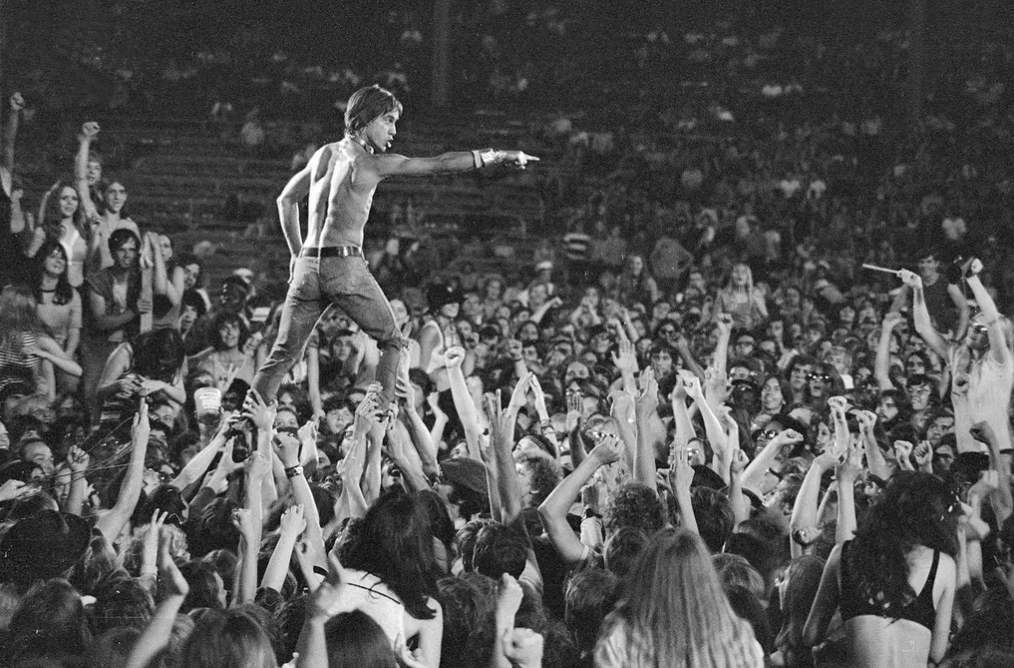In his book Disrupt, NYU professor Luke Williams addresses the inevitable fate for organizations that seek only small incremental improvements in their business. Boldness, in measure, needs to be a constant part of your strategy.
Companies simply cannot afford to wait until they get backed into a corner. They need to be consistently making bold moves, even at the very peak of their success. So, instead of “differentiate or die,” the real mantra should be “differentiate all you want, but figure out a way to be the only one who does what you do, or die.”
Standing out in the eyes of your customers is essential. The goal is sustainability, building real value for customers that’s hard to copy. This in return results in above-market performance for your FI’s stakeholders.
To accomplish this requires you provide a real difference in the experience and results your customers get from you. It means you have a real vision for what you want for your customers and a future you see for them that is much better than today.
It also requires a level of audacity to question the status quo and refuse to offer average, boring services targeted at everyone, and ultimately no one in particular.
Kierkegaard tells a parable of being tamed into complacency in work and life through a wild duck that visits a farm and settles into a more sedate and boring existence:
One autumn day, when his wild mates were returning overhead, he heard their quacking. It stirred him with delight, and he enthusiastically flapped his wings and rose into the air to join them. Much to his dismay, he could rise no higher than the eaves of the barn. As he waddled back to the safety of the barnyard, he muttered to himself, ‘I’m satisfied here, I have plenty of food, and the area is good. Why should I leave?’ So, he spent the winter on the farm.
Next spring, when the wild ducks flew overhead again, he felt a strange stirring in his breast, but he did not even try to fly to meet them. When they returned in the fall, they again invited him to re-join them, but this time, the duck did not so much as notice them. He simply kept on eating the corn.
Much of this story is about the ease of taming a wild duck and the difficulty of making a tame duck wild. But it’s also about having the courage and strength to engage in self-examination and evaluation about what you get out of bed every day to do.
Have you lost your “wild-duckiness” for your market? Do you find yourself distant or disconnected from your customers, such that they drift away without notice? Outside of the obvious drop in foot traffic at branches in the past two years, have your customers’ interactions with you slowed or stopped? Can you accurately guess which of your customers are most likely to leave you for a competitor? Do you have an effective plan to address this? How much effort is involved in executing that?
If you started to feel guilty or queasy reading that last paragraph, maybe it’s time to look at how well you listen to your customers, one-on-one and as a group. Begin with low-effort survey/polling at the time of service. Advance from there with deeper customer interviews and more data-driven analysis of your customers and potential customers’ interactions with you. If you’re looking for tips or advice on getting started or taking it to the next level, we’re here to offer advice and help.

